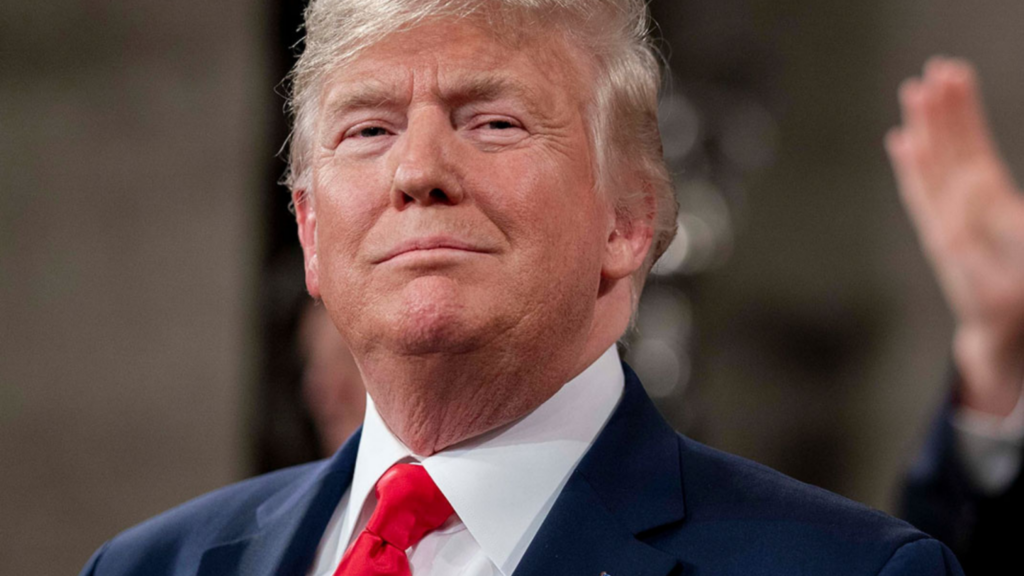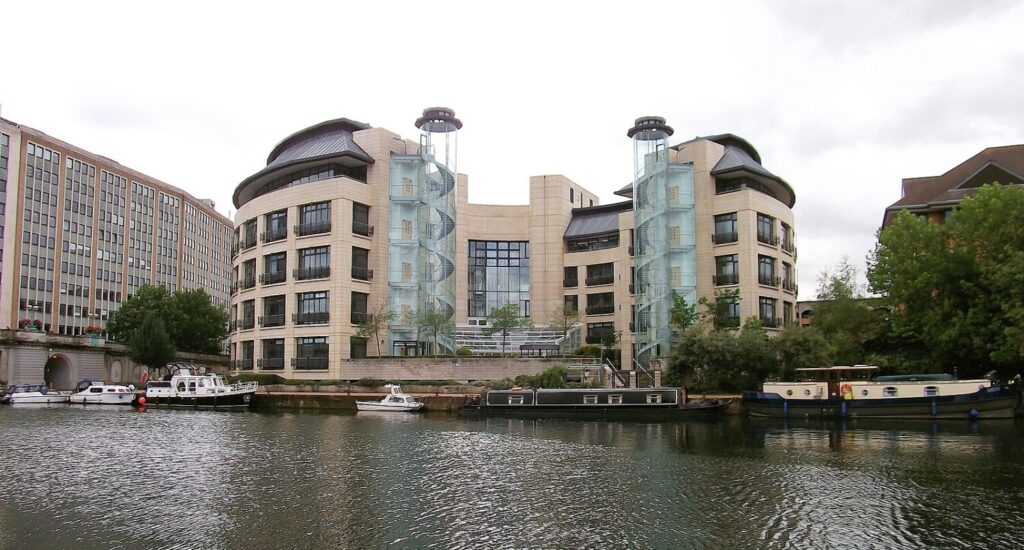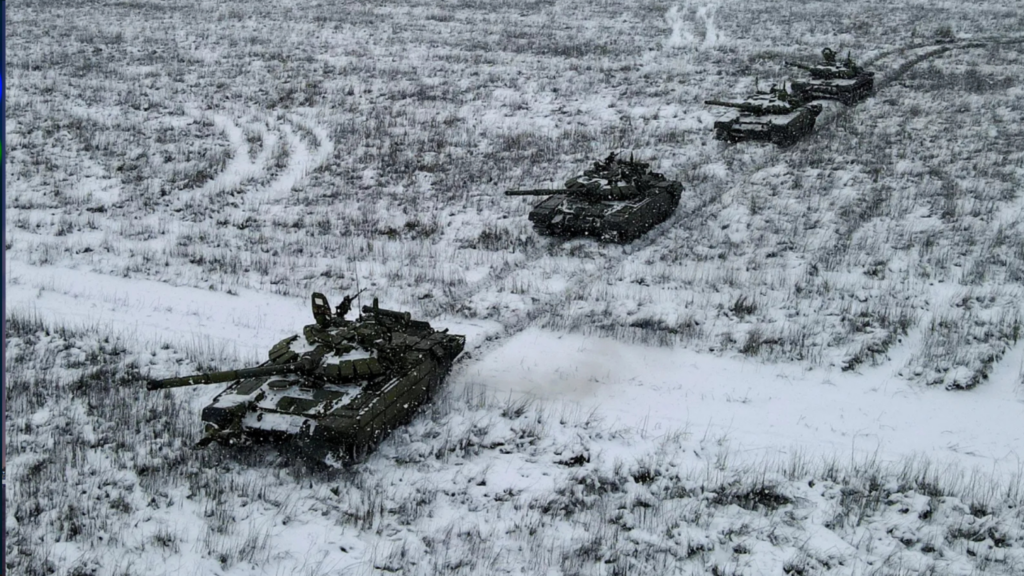The Arab League in Political Crisis
Geographically, the Arab world is made up of 22 States, stretching from Mauritania in the West to Oman in the East, with over 300 million people who speak the same language and share the same culture and mostly the same faith. While Islam is as its main religion, the region is home to other faiths such as Judaism and Christianity.
Having said that, the Middle East and Arab World stand out with their unique culture and identity. Today, the Arab world faces a set of political challenges that seriously hamper the efficacy to fight corruption, underdevelopment and economic disintegration.
The Arab League remains, above all, a regional organization for consultation and consensus building vis-à-vis the major political problems facing Arab countries. The Arab League promotes cultural and economic ties, as well as communications, and acts as a mediator in disputes between its members (Fawcett 2014).
Furthermore, the reputation of the Arab League has been tarnished due to its questionable effectiveness. The relative passivity of the League in the face of numerous conflicts between member states, notably the wars in Syria, Yemen, Libya, and the Palestinian cause is currently observed.
I-The Arab League Political Structure and its Role in Dispute Settlement
The League of Arab States, officially called the “Arab League” was founded on March 22, 1945, in Alexandria, by Saudi Arabia, Egypt, Iraq, Jordan, Lebanon and North Yemen. These countries wanted to collaborate with each other, without losing their respective sovereignty.
Next, Libya, Sudan, Tunisia, Morocco, Kuwait, Algeria, United Arab Emirates, Bahrain, Sultanate of Oman, Mauritania, Somalia and Djibouti joined the Arab League. The PLO (Palestine Liberation Organization) has been a full member since 1976. The headquarters of the Arab League was transferred from Cairo (Egypt) to Tunis in 1979, after the signing of the peace agreements between Egypt and Israel, but since October 31, 1990 the siege was again returned to Cairo (Charter of Arab League, League of Arab States, October 12, 2020).
Today, the Arab League has in principle 22 member states from North Africa, the Horn of Africa, the Arabian Peninsula and the Levant (region of the eastern littoral of the Mediterranean Sea, comprising Syria, and Lebanon). Commercial and economic exchanges between members of the Arab League are facilitated by reduced domestic tariffs and the establishment of common external tariffs, as well as by specialized bodies such as the organization of air transport and tourism. The economy of Arab countries can reach $ 1 billion annually (Arab World, The World Bank Data 2020).
The organization of the Arab League is based on four main bodies: The Summit of Heads of State, the Council of Ministers, the Standing Committees and the General Secretariat. In addition, various bodies have been created under treaties which supplement the 1945 Pact and several specialized agencies work in close collaboration with it.
Unlike the Commonwealth and the Francophonie, the Arab League is a “regional” organization of geographically contiguous states, whose members share the same language: Arabic, a common cultural heritage that has enabled members of the Arab League to come together. Many of the Arab countries were once former French, British and Italian colonies or protectorates (Tolan 2012).
In terms of dispute settlement, the Arab League Summit in Beirut in March 2002 saw the adoption of a peace initiative based on Saudi parameters. This proposed to the Israeli leaders, in accordance with international legality (in particular the resolutions of the UN Security Council) a peace with all the Arab States in exchange for the Israeli withdrawal from the Arab territories occupied since1967. Faced with the Israeli refusal, this initiative will be reactivated during the Arab summit in Riyadh in March 2007. Later the Arab League with Palestinian leadership rejected the 2020 American initiative of «Peace to Prosperity» (Dalai 2020).
However, apart from this issue and more discreetly at the level of the rulers, on the Iraqi question, the Arab League has not been able since 1945 to seriously embody a perspective of coherent unitary dynamism.
II-The Current Political Situation in the Region
The root causes of the political problems facing the Arab World region relate more to the internal issues induced by authoritarianism, corruption, misguided education systems, unemployment than to regional and international threats embracing ISIS or foreign interference in internal affairs (Yambert 2013).
The revolts of the Arab Spring highlighted the inadequacy of the regional social contract in the face of the economic and political challenges of the current world. But Arab governments seem to have not heard the message.
Nine years after the popular uprisings, the citizens of the Arab countries still take little part in the domestic affairs of their countries. They depend on rentier economies that are unable to create enough jobs for educated youth and face a worrying lack of the rule of law.
The generalized political crisis that dominates the Arab world demonstrates the absence of a real will to tackle major problems, such as inter-Arab cooperation, foreign interference, human development, the inability to improve the lives of citizens by basic human rights terms. Rather, this created an atmosphere of oppression, and instability. This sentiment has intensified with the onset of major disasters such as the consequences of foreign intervention and the disintegration of the region. More recently, the wars in Libya, Syria and Yemen, and the escalation of the conflict in Palestine, the mismanagement of the health crisis of the Covid-19 pandemic, have also affected Arab public opinion, in particular due to the social media and the information revolution. The Arab population is living with these tragedies at the moment and feels tormented by incapacity (Transparency International, Rampant Corruption in Arab States, 21 February 2018).
Contextual factors such as insecurity, mismanagement of oil wealth and the prevalence of conflict continue to fuel corruption and lack of transparency. Across the Arab region, anti-corruption strategies focus mainly on strengthening public institutions, revising laws and regulations, but little attention is paid to proactive improvement of the democratic process.
III-The Leadership Crisis of Arab League
The initiative of successive declarations by the UAE and then Bahrain to sign peace agreements with Israel has not gone without political repercussions in the Arab world region. This diplomatic action has further divided the Arab countries between the pros and cons of this initiative. This has put the Arab League supposedly converging among Arab nations and defending their interests in an embarrassing position.
The biggest repercussion comes after the Palestinian Authority’s decision on September 22, 2020 to give up its right to chair the periodic session of the Arab League Council. This Palestinian position has created an atmosphere of unexpected and unusual crisis within the member countries of the Arab League that the leaders of the two countries signing the peace agreement with Israel did not wish.
The Palestinian leadership confirmed that Palestine will no longer support this drive by a few countries towards normalization and the retreat of Arab positions towards the maintenance of peace and the rights of the Palestinians within the framework of the two-independent states solution.
In this context, the decision of the Palestinian refusal to chair the Arab League was followed on September 25 by the same position of Qatar. Thus, the same reservations were expressed successively by Kuwait, Lebanon, the Comoros Islands, and finally on October 6, Libya for its part refused to fill the periodic presidency of the Arab League (Al-Quds Al-Arabi, Saturday October 10th, 2020).
According to these opposition countries, the Arab League has lost its raison d’être by refusing to take a firm position towards the signatory countries of the normalization agreements, which come in a context of the freezing of peace negotiations between the Israelis and the Palestinians for several years. The position of six member states reflects the situation of lawlessness in which the member and founding countries of the Arab League find themselves.
We could say that this anarchy is what these Arab States make of it. From a Constructivist point of view of international relations, the change in their positions is explained by the change in their national interests. While some continue to follow opposition policy, others believe that it is not always vital to maintain the same position for decades (Wendt1992).
The new international social relations force them to seek new structures in which they will develop their international relations, which are not necessarily under the Cooperation Council for the Arab States of the Gulf or the Arab League.
One can understand the concern of these signatory countries regarding their national security in the Persian Gulf region, and the importance of seeking new alliances within regional powers, but this initiative comes in a very complex context of the regional geopolitical situation. Some Gulf countries have cut their diplomatic relations and have exercised a regional political and economic embargo against their immediate neighbouring Qatar. So, we wonder about the credibility of this new normalization with a country geographically far away while cutting the relations with a country which is from the same Gulf family, Qatar.
In this context of division, it is normal that no one wishes to preside over or inherit the political problems of a weakened Arab League for fear that this situation will turn against him.
Conclusion
Unfortunately, the contemporary Arab world is amid geopolitical disintegration. Conflicts and ideological divergence have replaced unity and cooperation, as well as strategies of union and economic integration.
South and Northeast Asia as well as Western Europe are among the regions where war and fighting have raged in the past. Yet, these countries have succeeded in forming political, economic and financial unions at a highly advanced level. This strengthens their national security and gives them a heavy influence in the world, which unfortunately is not the case in the Arab world.
On the other hand, Arab regimes are fighting and sieging against each other, which increases the level of hostility and hatred. Thus, narratives of modernization, renaissance, social reform and intellectual development are virtually absent in the region for now.
References
Alexander Wendt, « Anarchy is what States Make of It: The Social Construction of
Power Politics », (1992) 46-2 International Organization 391.
Dalai Iriqat. « The ‘Deal of the Century’ from a Palestinian Perspective», (2020) 25-1 Palestine-Israel Journal of Politics, Economics, and Culture104-108.
Louise Fawcett, « League of Arab States», (2014) Handbook of Governance and Security, Northampton, Edward Elgar Publishing, 618-637.
Stenner, David. «On the Margins of the Arab World? », (2020) 52-1 International Journal of Middle East Studies154-160.
Tolan, John, et al. Europe and the Islamic World: A History, Princeton, Princeton University Press2012.
Yambert, Karl.The Contemporary Middle East. New York, Routledge, 2013.
Arab World, The World Bank Data 2020.
Transparency International, Rampant Corruption in Arab States, 21 February 2018.
Al-Quds Al-Arabi, Saturday October 10th, 2020.
Charter of Arab League, League of Arab States, October 12, 2020.
http://www.leagueofarabstates.net/ar/Pages/default.aspx



